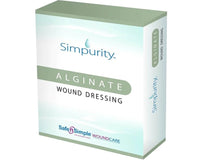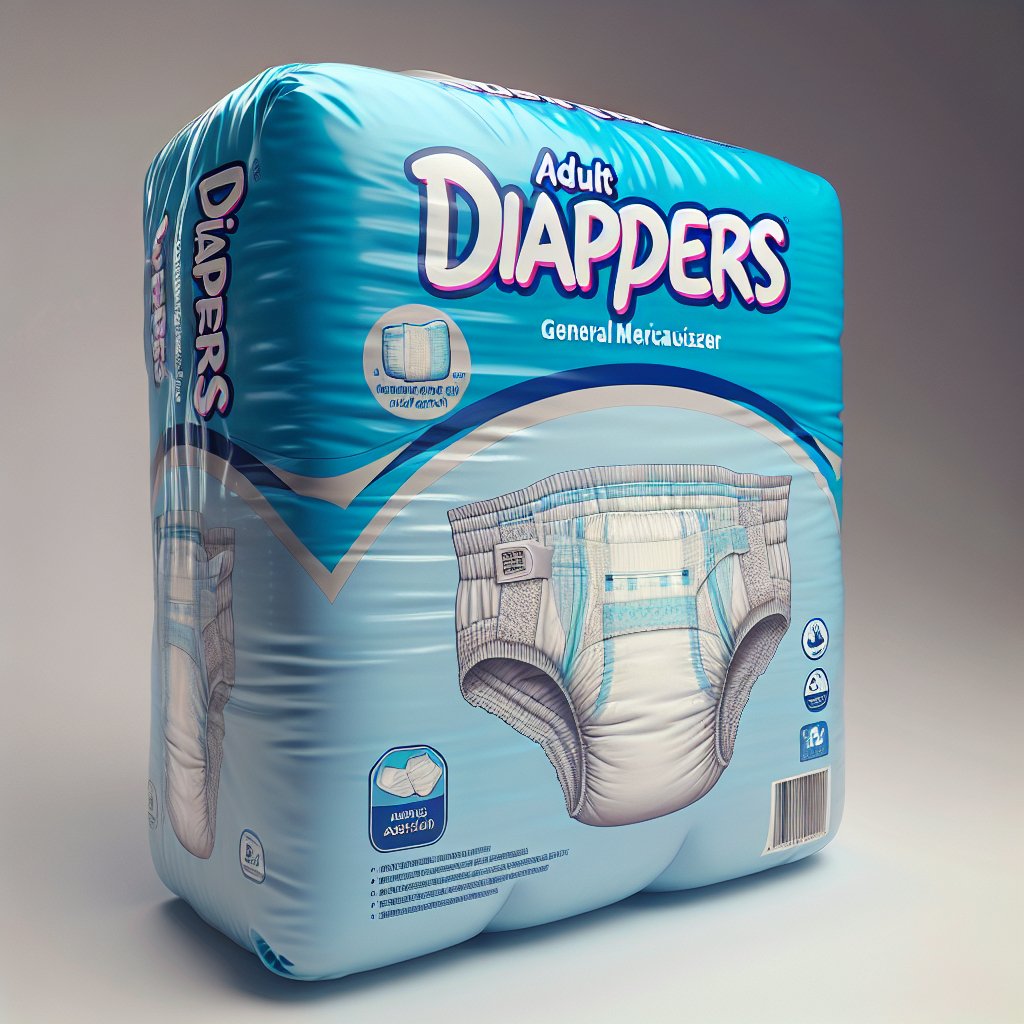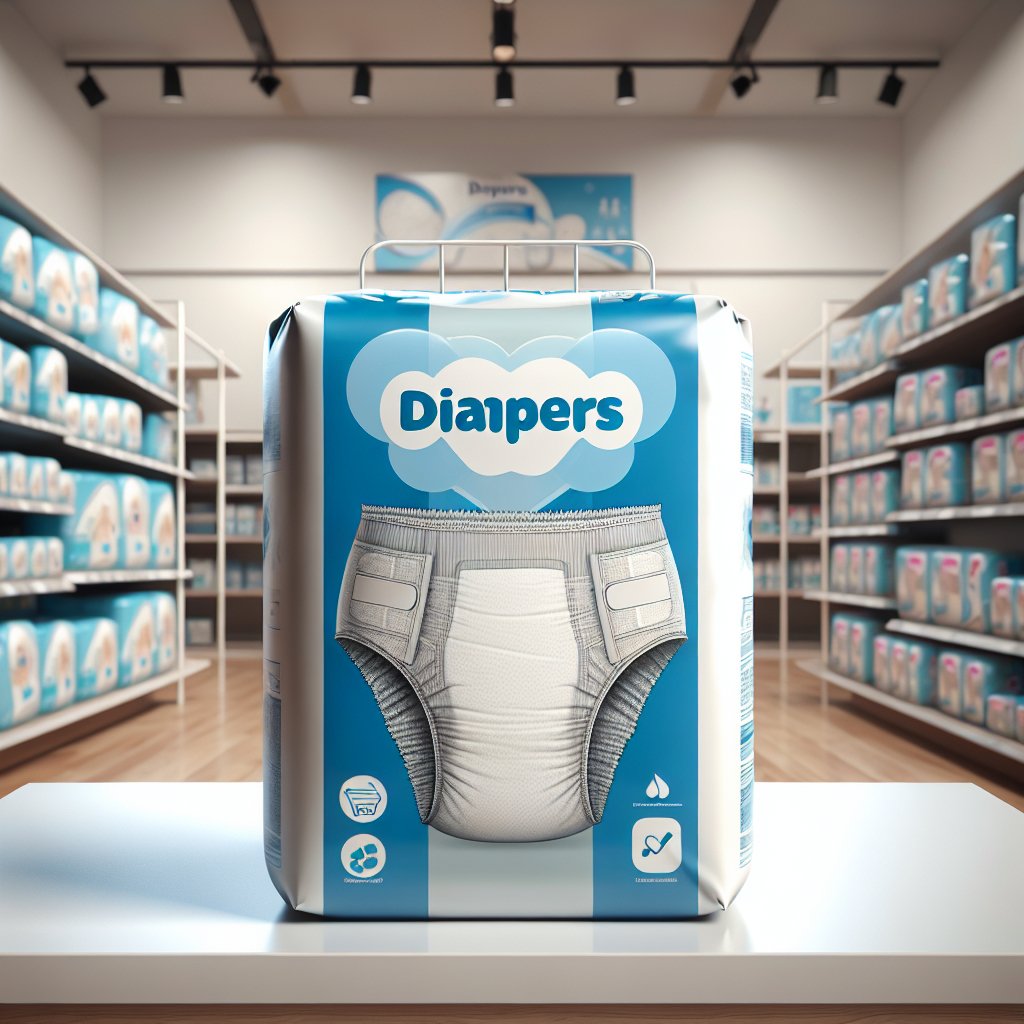Hydrogel wound dressings are an advanced type of dressing that provide a moist healing environment, which is essential for proper wound healing. Unlike traditional dressings, hydrogels are primarily composed of water, which helps to hydrate the wound bed and promote autolytic debridement. This process aids in the removal of dead tissue without damaging newly regenerated tissues, making hydrogels an excellent choice for managing wounds that are dry or have minimal exudate.
One of the key benefits of hydrogel wound dressings is their ability to soothe and cool the wound upon application, which can significantly reduce pain and discomfort for the patient. This cooling effect not only improves patient comfort but also serves to reduce wound-related pain, thereby enhancing the overall healing experience.
Hydrogel dressings are versatile and can be used for a variety of wound types, including pressure ulcers, diabetic ulcers, venous ulcers, partial-thickness burns, and radiation-induced skin damage. They are also frequently used in the management of wounds that have necrotic tissue or require rehydration.
If you or a loved one requires hydrogel wound dressing, Order online here for convenient shopping and doorstep delivery! At Cart Health, we understand the importance of the right wound care products and are committed to providing the solutions you need for a smoother healing journey.
The Science Behind Hydrogel Dressings in Wound Care
The efficacy of hydrogel dressings in wound care is grounded in the science of maintaining a moist wound healing environment. Research has shown that a moist environment facilitates the natural healing process, encouraging faster and more efficient tissue regeneration. Hydrogel dressings, with their high water content, provide hydration to the wound, which is critical for cell migration, proliferation, and ultimately, wound closure.
Hydrogels are also known for their excellent biocompatibility, as they do not adhere to the wound bed and thus minimize trauma during dressing changes. This property is particularly beneficial for patients with sensitive skin or wounds that are prone to bleeding. Moreover, the semi-permeable nature of hydrogel dressings allows for optimal gas exchange while keeping the wound protected from external contamination.
In addition to providing moisture, hydrogel dressings can absorb small amounts of exudate, which helps in keeping the wound bed clean. They also maintain a lower pH level, which has been associated with reduced pain and inflammation, and can potentially inhibit microbial growth. Furthermore, the transparency of hydrogel dressings allows for easy monitoring of the wound's progress without needing to remove the dressing, thus reducing the risk of infection or further injury.
By harnessing these scientific principles, hydrogel dressings offer an advanced solution for a wide range of wounds, promoting healing and enhancing patient comfort throughout the recovery process.
Types of Wounds Treated with Hydrogel Dressings
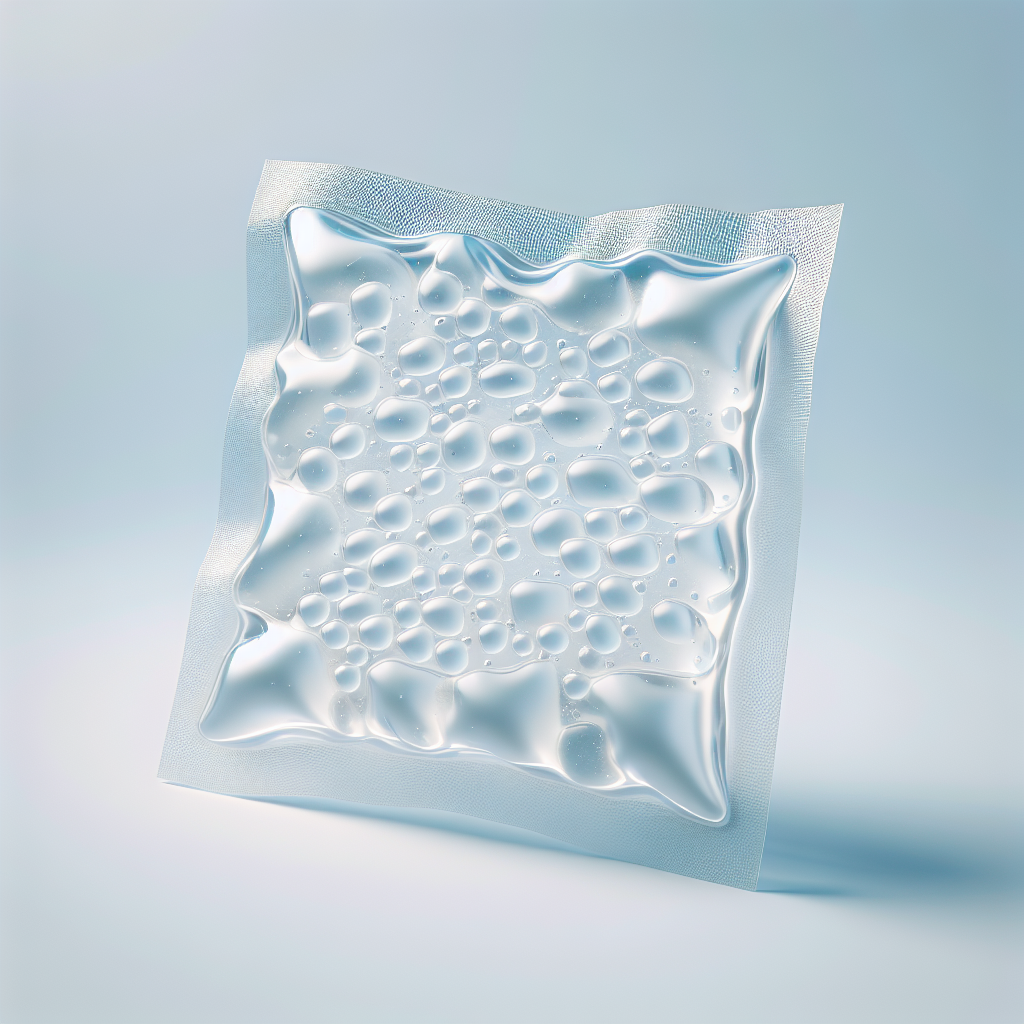
Hydrogel dressings are versatile in their use and specifically designed to treat a variety of wounds that benefit from a moist healing environment. They are especially effective for wounds with dry or minimal exudate, as the gel can donate moisture and rehydrate the wound bed, promoting natural debridement and healing. One of the most common applications is for burns, including both partial and full-thickness burns, where hydrogel dressings can soothe and cool the wound, providing pain relief and a barrier to infection.
Another significant application is for the treatment of pressure ulcers, also known as bedsores or decubitus ulcers. These wounds occur in patients who are immobilized or bedridden, where constant pressure on certain areas of the body leads to skin breakdown and ulcers. Hydrogel dressings help in maintaining a moist wound environment, which promotes healing and prevents the wound from drying out and forming a hard scab.
Patients with diabetic ulcers also benefit from hydrogel dressings. These ulcers are a result of the impaired healing associated with diabetes and can be difficult to manage. The moisture provided by hydrogel can aid in faster healing, which is crucial to prevent complications in diabetic patients.
Moreover, hydrogel dressings can be used for venous ulcers, surgical incisions, lacerations, and even radiation-induced skin damage. The cooling effect of hydrogel helps to alleviate pain and discomfort, making it an excellent option for patients who have undergone radiation therapy and may be experiencing skin reactions.
In summary, hydrogel dressings are a valuable tool in wound management, suitable for a wide range of wound types, particularly those that require a moist healing environment and gentle care.
Application and Advantages of Hydrogel Dressing
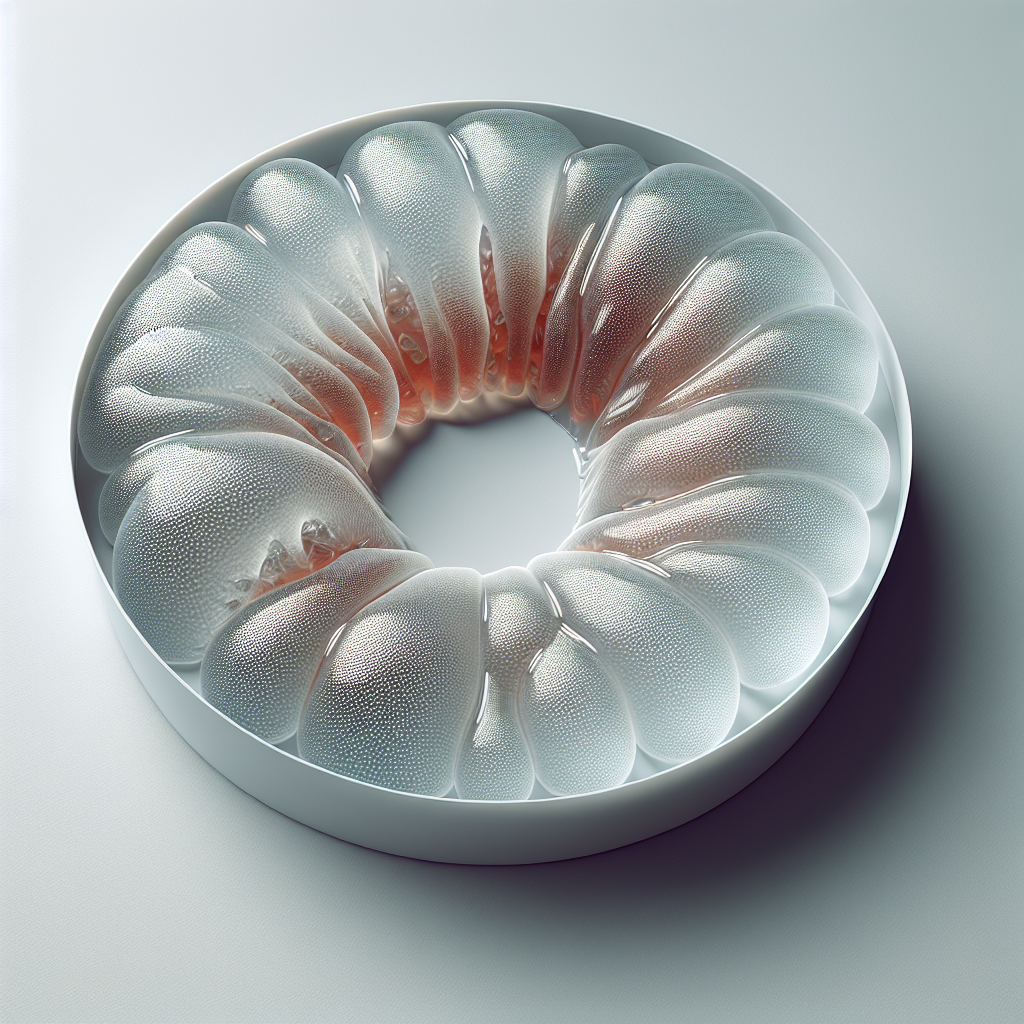
The application of hydrogel dressings is a straightforward process that provides several advantages to both caregivers and patients. To begin, the wound area is cleaned, and the appropriate size dressing is selected. The hydrogel can be applied directly from a tube onto the wound or come already incorporated within a dressing pad. Once in place, a secondary dressing is often used to secure the hydrogel dressing and absorb any excess fluid.
One of the primary advantages of hydrogel dressings is their ability to maintain a moist wound environment. This moist setting is essential for promoting cell migration and wound healing. Additionally, hydrogel dressings are non-adherent, which means they do not stick to the wound bed and can be removed without causing trauma to healing tissues, a critical consideration for patients with sensitive wounds.
Hydrogel dressings are also known for their cooling effect, which can significantly reduce pain and provide comfort to the patient. This is particularly beneficial immediately following an injury or surgical procedure when the wound is at its most sensitive. Furthermore, the transparency of some hydrogel dressings allows for easy monitoring of the wound without having to remove the dressing, reducing the risk of infection and disturbance to the wound.
Another advantage is the variety of formulations available, including amorphous hydrogels, which are more flexible, and sheet hydrogels, which are better for larger surface areas. This versatility enables healthcare providers to choose the best type of hydrogel dressing based on the wound's characteristics and the patient's needs.
Overall, hydrogel dressings offer a combination of ease of use, pain relief, and optimal wound healing conditions, making them a preferred choice for managing a range of wounds.
Comparing Hydrogel Dressings to Other Wound Care Options
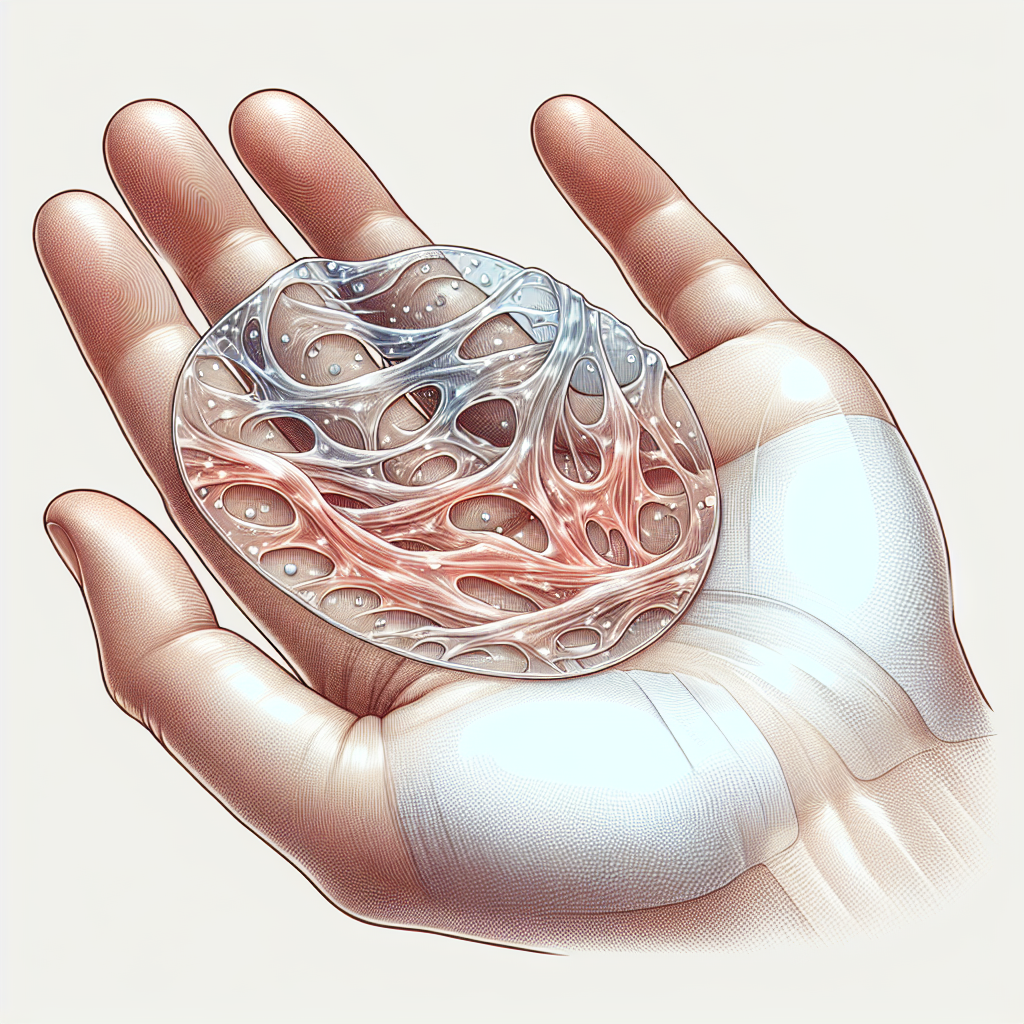
When comparing hydrogel dressings to other wound care options, several factors set them apart. Traditional dressings like gauze and bandages are passive; they cover the wound but do little to interact with the healing process. Hydrogel dressings, however, are active participants in wound recovery, providing moisture and promoting autolytic debridement, which is the body's natural way of clearing dead tissue from the wound.
Foam dressings, another common wound care product, are highly absorbent and can be used on exuding wounds. While they provide a moist environment similar to hydrogels, they lack the gel's inherent cooling properties that can soothe and reduce pain.
Alginate dressings, derived from seaweed, form a gel-like substance when they come into contact with wound exudate. This makes them suitable for wounds with significant drainage. However, alginates can dry out over time, which could potentially adhere to the wound bed and cause pain upon removal, unlike hydrogels that remain non-adherent.
Hydrocolloid dressings are another alternative that creates a moist environment and helps in autolytic debridement. While similar to hydrogels in these respects, hydrocolloids are generally not as effective in managing dry wounds or wounds with minimal exudate because they do not donate moisture like hydrogels do.
Lastly, antimicrobial dressings contain agents like silver or iodine to combat infection. While hydrogel dressings do not inherently have antimicrobial properties, they can be combined with antimicrobial agents if infection is a concern.
Each wound care product has its specific indications, benefits, and limitations. Hydrogel dressings stand out for their versatility, cooling effect, and ability to provide a moist healing environment without sticking to the wound, making them a unique and valuable tool in the wound care arsenal.
Guidelines for Using Hydrogel Wound Dressings
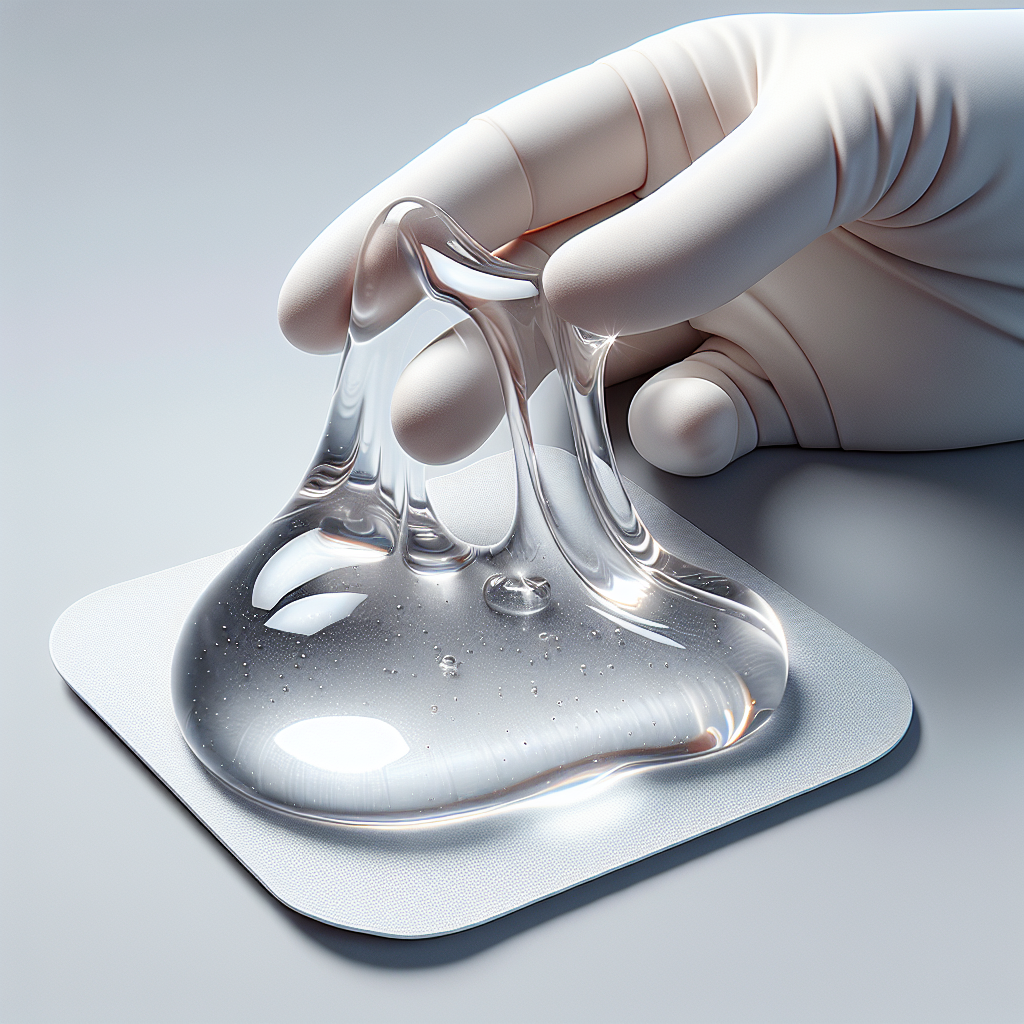
Proper application of hydrogel wound dressings is crucial for maximizing their healing benefits. To start, ensure that the wound is clean and free of debris. This may involve gentle cleansing with saline or a prescribed wound cleanser to avoid irritation. After cleaning, pat the area dry with a sterile cloth or gauze to prepare for dressing application.
Apply the hydrogel dressing according to the size and shape of the wound. Hydrogels come in sheets, amorphous gels, and impregnated gauzes, so selecting the appropriate form is essential. For sheets, cut to size if necessary, leaving a margin around the wound edges. If using an amorphous gel, spread a thin layer evenly over the wound bed.
After application, secure the dressing with a secondary bandage or tape as needed. It is crucial to monitor the wound and change the dressing regularly, usually every 24 to 72 hours, or as advised by a healthcare professional. This ensures the wound remains moist and protected from external contaminants.
It is also essential to observe the wound for any signs of infection or adverse reactions. If there is increased redness, swelling, pain, or an unusual odor, seek medical attention immediately.
Remember, the choice of wound care should be based on a comprehensive assessment of the wound and the individual's overall health status. If you're uncertain which hydrogel product is right for your needs, Order online here for convenient shopping and doorstep delivery! Our experts at Cart Health are dedicated to helping you find the perfect fit for your unique health situation.
In conclusion, by following these guidelines, caregivers and patients can effectively utilize hydrogel dressings to create an ideal healing environment, promoting faster recovery and patient comfort.


